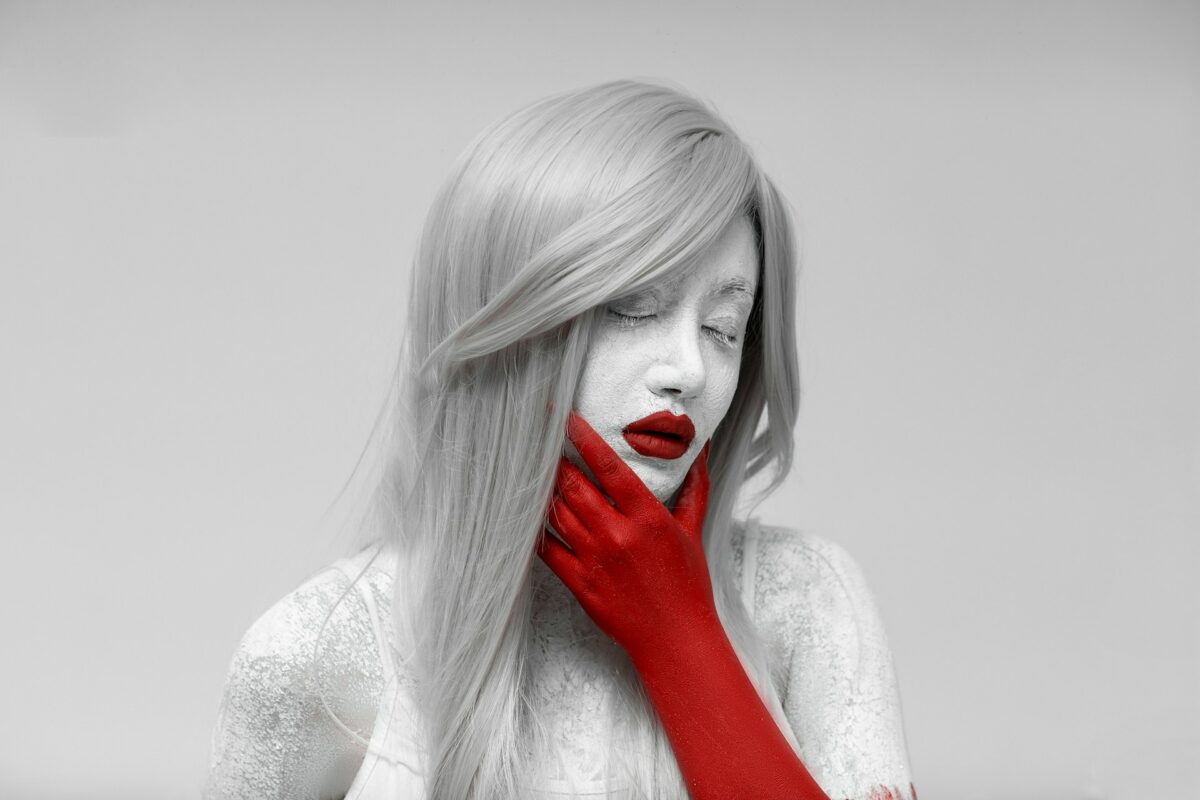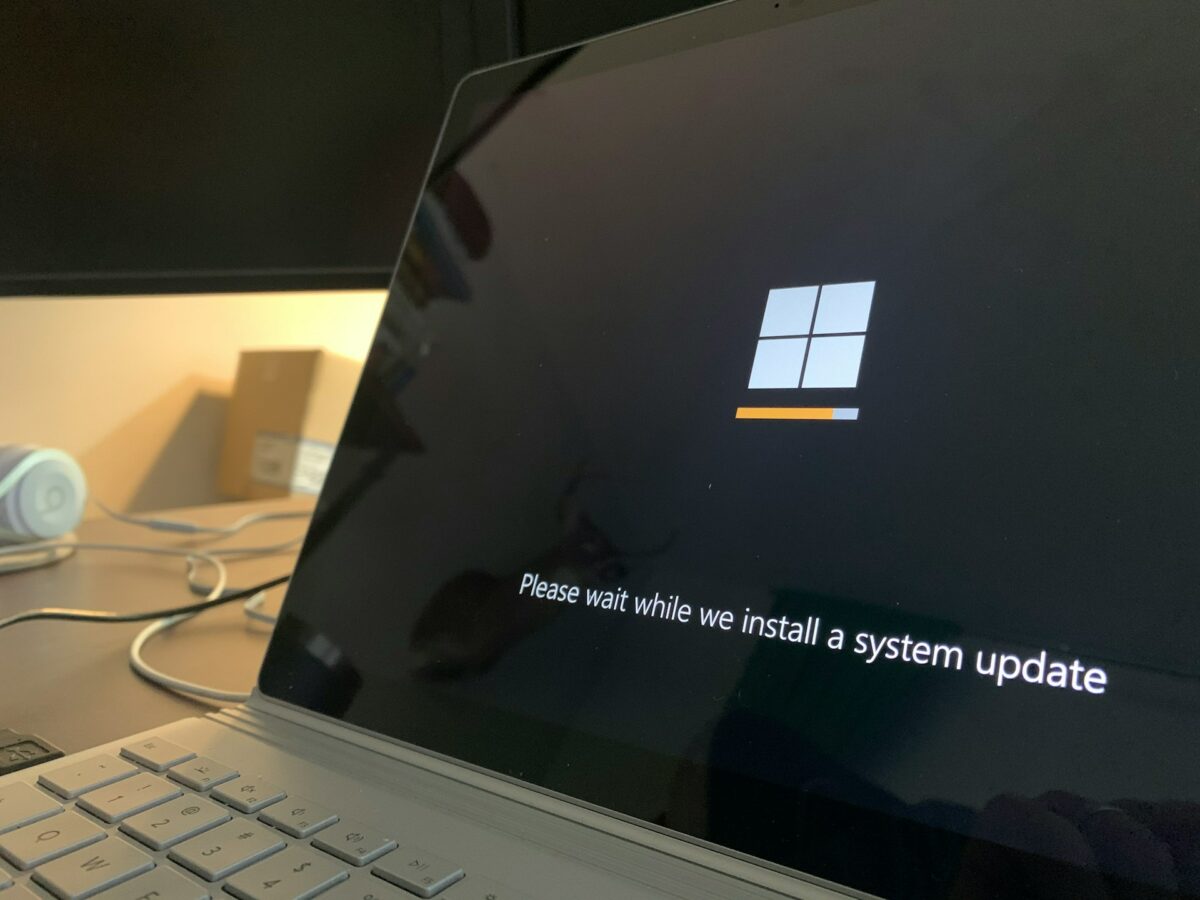Using Gradient Masks to Seamlessly Blend Images: A Guide
One of the most effective methods used in digital design and picture editing is the seamless merging of photos. Gradient masks are used for a variety of purposes, including producing composites for advertising, combining backgrounds in photography, and developing imaginative artworks. They enable you to seamlessly integrate various photos without sharp edges or apparent transitions. In addition to contributing to the aesthetic attractiveness of your projects, this procedure also provides them with a more professional appearance.
Understanding Gradient Masks
A gradient mask is, at its core, a tool that employs gradients in order to exert control over the visibility of certain sections of a picture. A gradient mask is a kind of mask that enables a smooth transition from one picture to another by gradually shifting from visible portions to translucent sections, rather than an abrupt change between two images. The ultimate effect is a smooth and seamless mix that is more realistic and visually appealing than before.
What is the reason for use gradient masks for blending?
Smooth Transitions: Gets rid of the harsh edges that might often form between two layers.
- Editing in a Way That Does Not Damage: It is always possible for you to change the mask while leaving the original picture unaffected.
- Creative Flexibility: Makes it possible to use partial mixes, selective fades, and layered effects.
- Professional Results: Generates composite images that are consistent and have the appearance of natural photographs.
Getting Your Images Ready
- Make certain that your photographs are ready to be blended before you begin the blending process:
- Resolution Match: In order to prevent any visible discrepancies, photographs must to have same quality and resolution.
- Color Consistency: Adjust the brightness, contrast, or color tones such that the pictures are visibly aligned with one another.
When it comes to achieving proper alignment, the photos should be positioned in such a way that the areas you want to blend together are overlapping in a suitable manner.
Step 1: Arrange Layers
Open the editing program you use and put the two photographs on top of one another on different layers. Make sure that the picture you want to display on top is positioned above the one you want to blend in with.
Step 2: Include a Layer Mask
Choose the picture layer that is at the top and then use a layer mask. This mask is responsible for determining which regions of the layer will continue to be visible and which ones will fade away. The whole layer will be completely visible when the mask first appears, which will make it seem white.
Step 3: Make use of the Gradient Tool
From the toolbar, choose the Gradient Tool. Choose a basic gradient that ranges from black to white. When wearing a mask, black conceals and white shows, but gray regions result in partial transparency.
Step 4: Develop the Gradient Blend
Click and drag the cursor across the image to select the area where you would like the transition to take place. For instance:
- One picture may be made to fade into another by dragging horizontally from left to right.
- To achieve a seamless transition from top to bottom, drag in a vertical direction.
- If you want a smoother and more angled transition, drag diagonally.
- The picture that is on top will gradually fade away as a result of the gradient, which will expose the layer that is behind it.
Step 5: Make Improvements to the Blend
There are situations when the initial gradient does not provide the desired outcome. You have the ability to:
- Continue reapplying the gradient to the same mask until the transition seems like it is occurring naturally.
- In order to do hand touch-ups to the mask, use a delicate brush.
- In order to improve the final result, it is necessary to make adjustments to the opacity or layer positions.
Step 6: Make Sure the Colors and Lighting Are Coordinated
Regardless of how smooth the gradient is, the impact may be completely ruined by mismatched colors or lighting. In order to guarantee that both photos seem uniform, make use of adjustment layers like as Levels, Curves, Hue/Saturation, or Color Balance. Blended sections should seem as if they are part of the same environment.
Advanced Methods for Improved Outcomes
several Masks: In order to achieve layered blending for complicated composites, masks need be applied to several layers.
- Types of gradients: If you are trying to create a circular or irregular blend, try using either a radial or an angular gradient.
- Texture Blending: Incorporating subtle textures or noise overlays is an effective method for concealing tiny flaws.
- Modes for layering: For artistic outcomes, use gradient masks with blending modes like as Soft Light or Overlay.
Practical Uses of Gradient Masks
Landscape photography: combine sky from one picture with foregrounds from another picture to create a new image.
- Product Photography: Blend items into backdrops that are clean and do not have borders that may be seen.
- Artwork that is Creative: Produce strange composites by combining various textures, colors, or several photographs.
- Design of Advertising: Incorporate models, goods, and surroundings in a seamless manner.
Typical errors to avoid
Overusing Hard Gradients: The objective of seamless blending is to create a smooth transition; this goal is not achieved when the transition is too sharp.
Ignoring Image Alignment: When layers are poorly positioned, the resulting mixes are misaligned.
Transitions are made more obvious by the presence of unbalanced lighting and colors, which occur when adjustments are forgotten.
Flattening Too Early: Keep your masks editable until you are pleased with the effect.
This research endeavor has provided the opportunity to investigate the relationship between the use of cannabis and the incidence of mental health disorders.
When it comes to digital design and picture editing, one of the most important talents to have is the ability to blend photos together while using gradient masks. It gives you the ability to effortlessly integrate numerous photos, which results in realistic and visually pleasing outcomes. You will have the capacity to produce composites that seem well-polished and professional if you become an expert at using masks, gradients, and adjustment layers. Regardless of whether you are a photographer, a designer, or a digital artist, the use of this approach will result in an improvement in the quality of your creative creations.


